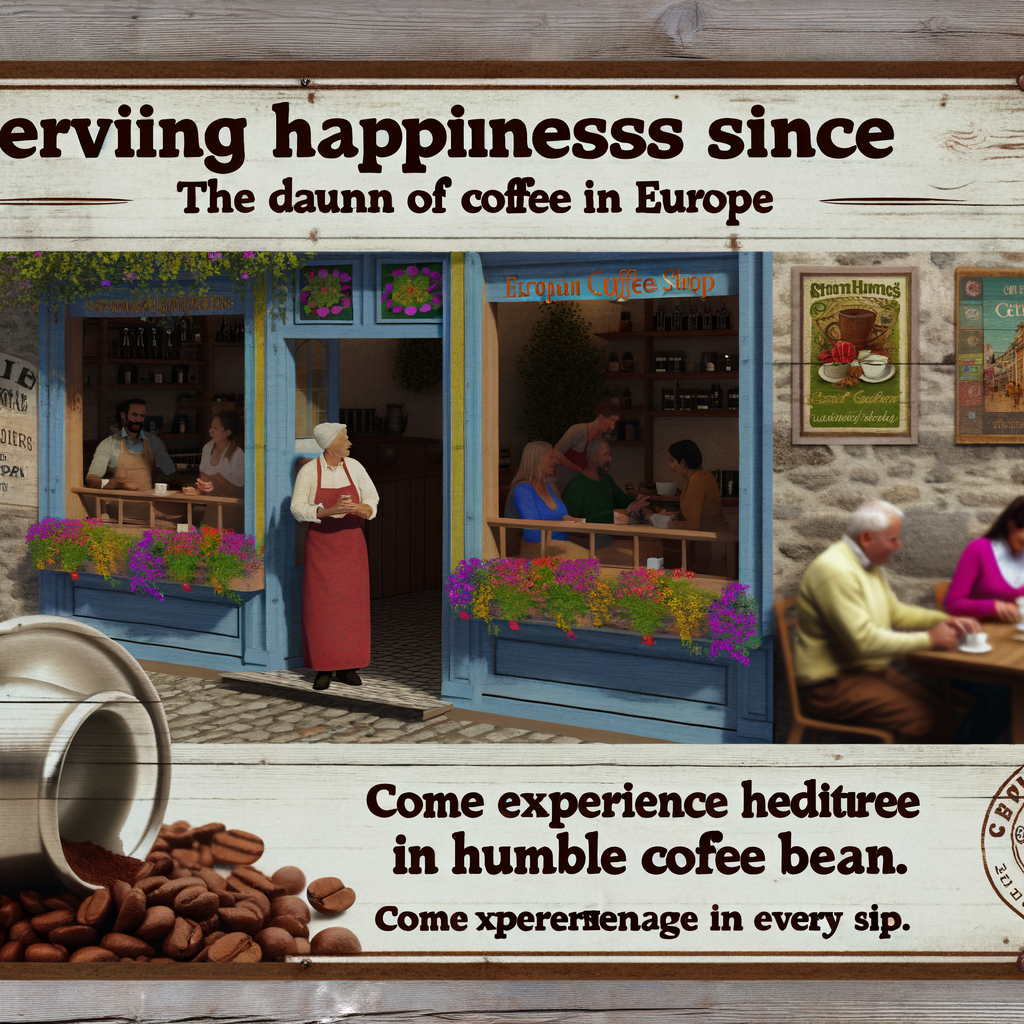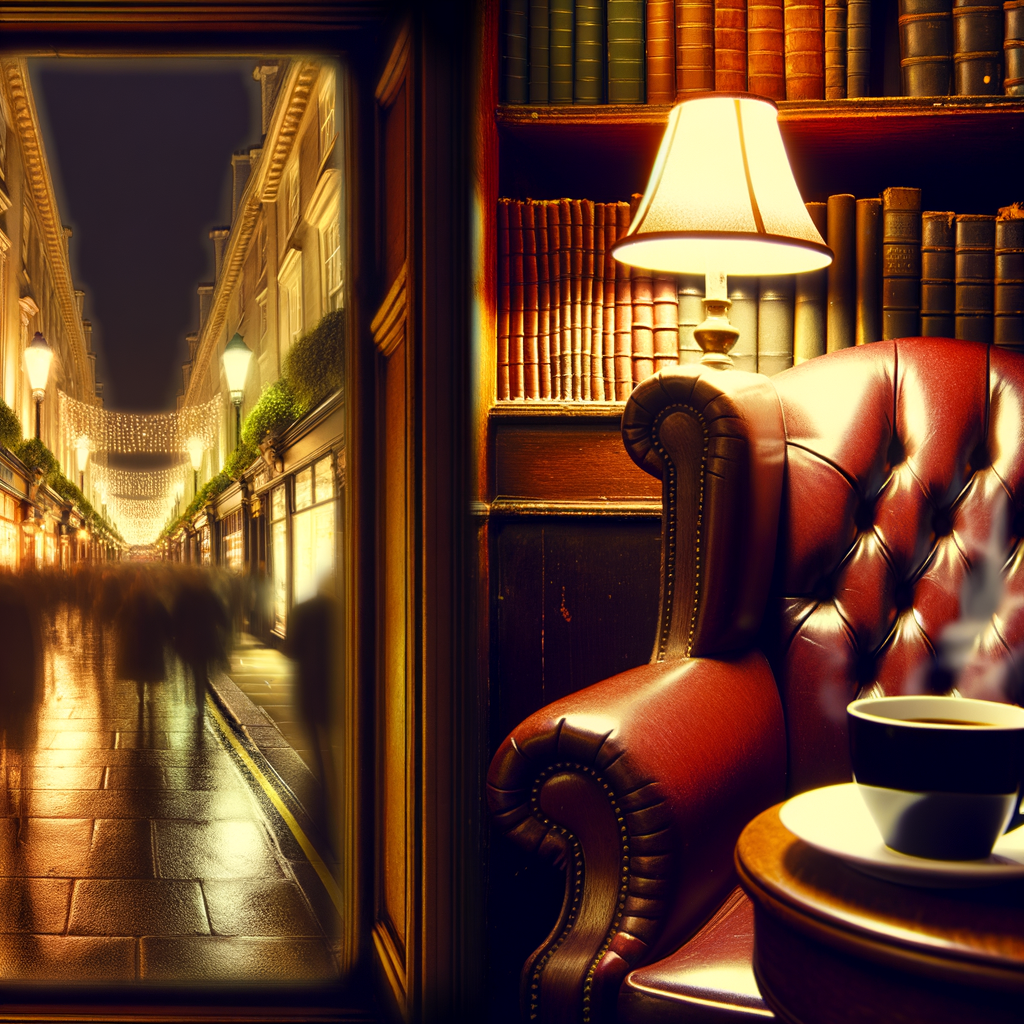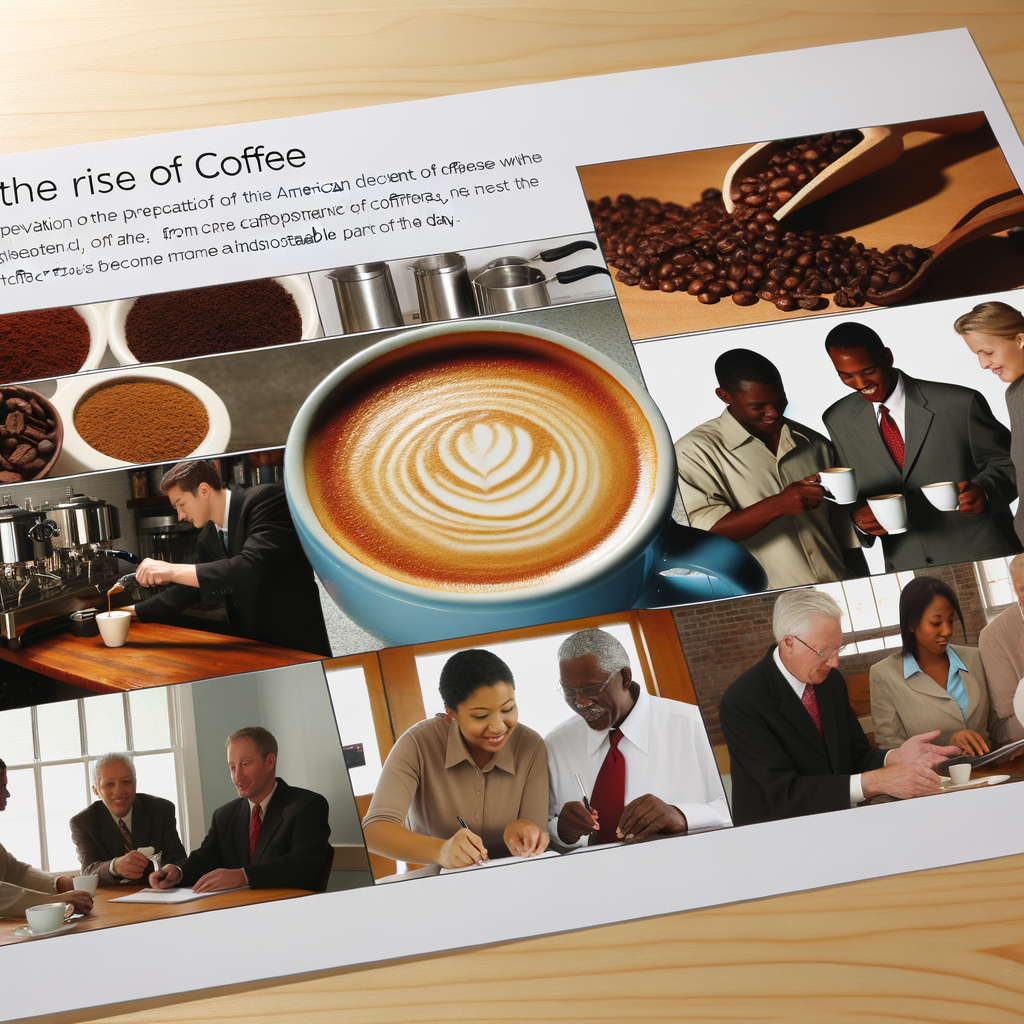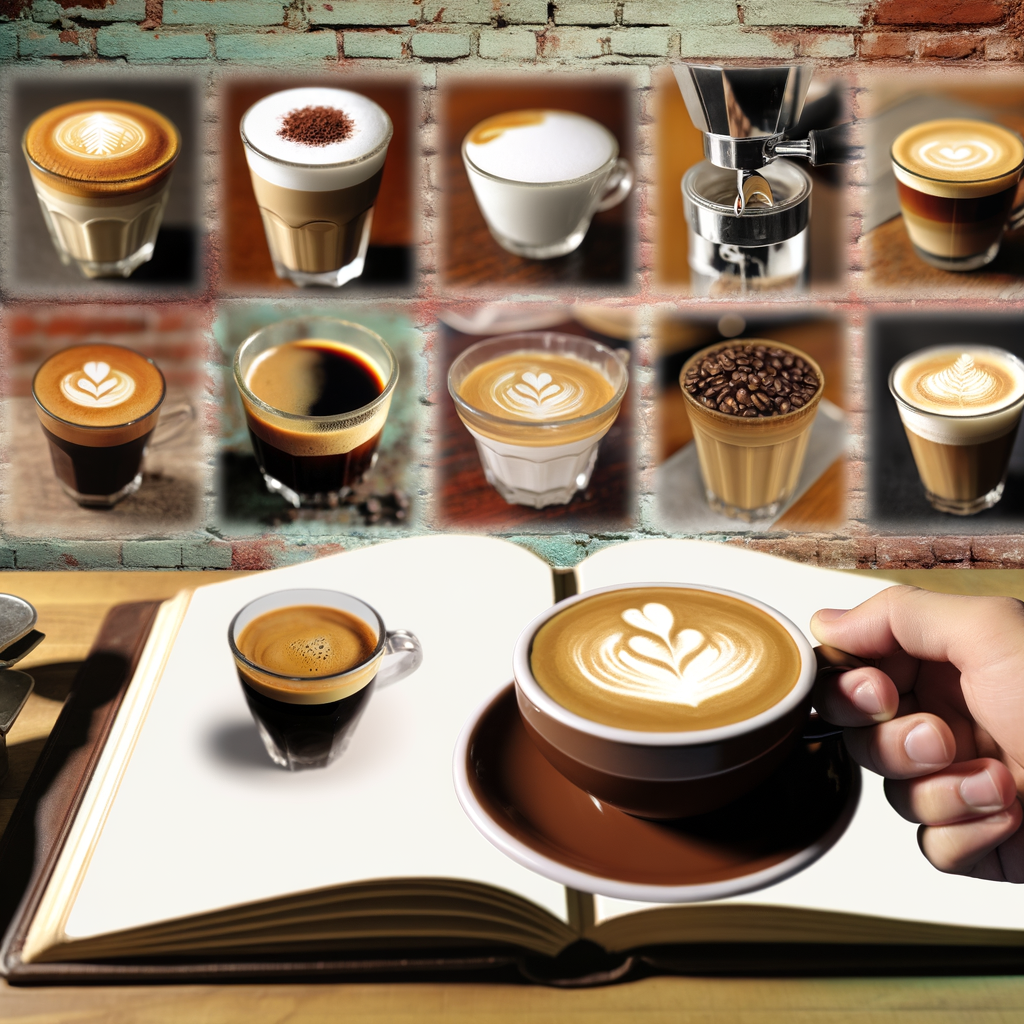As the world becomes more connected, so do our taste buds. In Europe, a continent known for its diverse and rich culinary traditions, coffee has quickly risen to become one of the most popular beverages. And it’s no surprise why. With its complex flavors and caffeine kick, coffee has become a staple in many Europeans’ daily routines. But how did this beverage become so ingrained in European culture? Let’s take a look.
Coffee first made its way to Europe in the 16th century, brought over by traders from the Middle East. At first, it was seen as a luxurious drink reserved for the wealthy. But as trade routes expanded, so did the availability of coffee. By the 17th century, coffeehouses began popping up across Europe, becoming a hub for intellectuals and artists to gather and discuss ideas. From there, coffee’s popularity only continued to grow.
Today, each country in Europe has its own unique coffee culture. In Italy, espresso reigns supreme, while the French enjoy their coffee with a croissant. In Greece, frappé is the go-to choice, and in Spain, a café con leche is a must-try. And let’s not forget the beloved British tradition of afternoon tea, often accompanied by a cup of coffee.
But what makes European coffee so special? It all comes down to the beans. European countries have a long history of sourcing and roasting coffee beans, resulting in high-quality blends with distinct flavors. And with the rise of specialty coffee shops, Europeans now have access to a wide range of unique and artisanal blends.
So, whether you’re a coffee aficionado or just looking for a pick-me-up, Europe has a beverage for you. With its rich history and diverse flavors, coffee has truly become a cornerstone of European culture.





